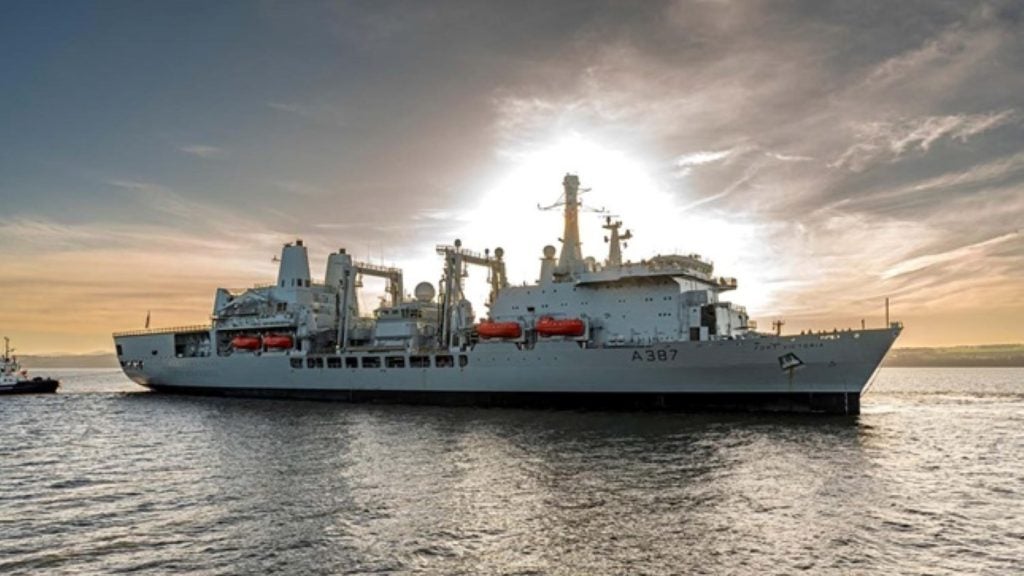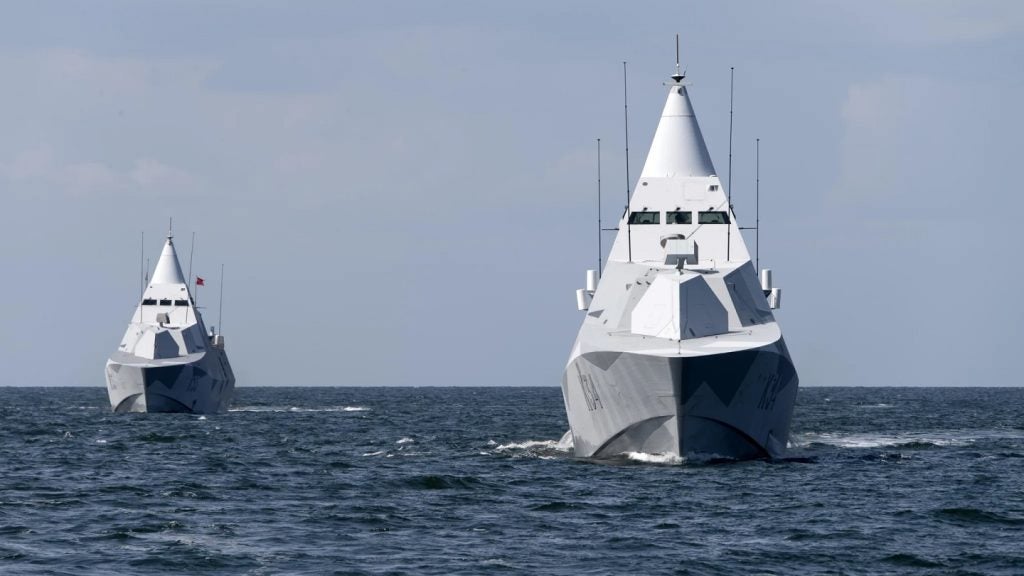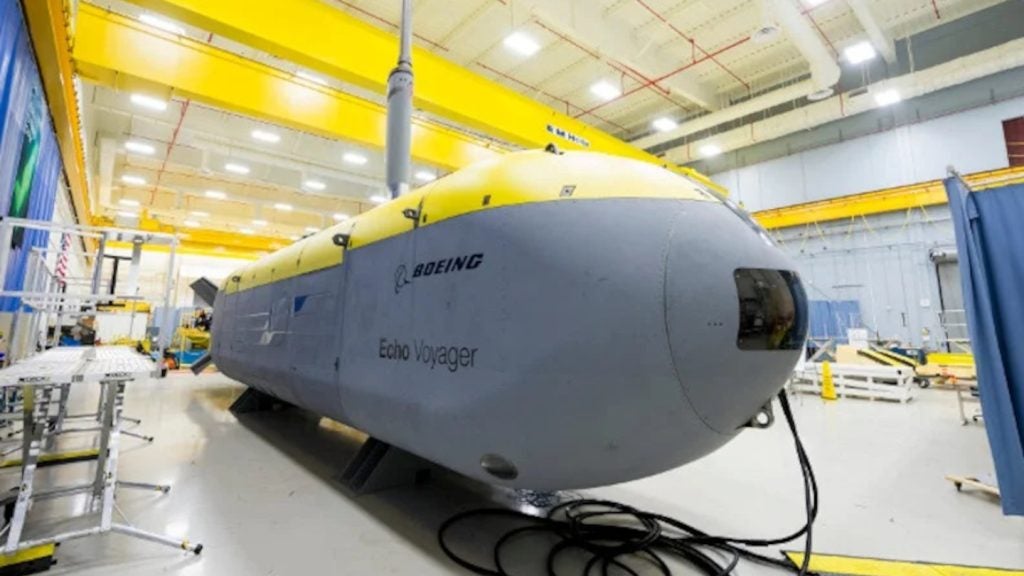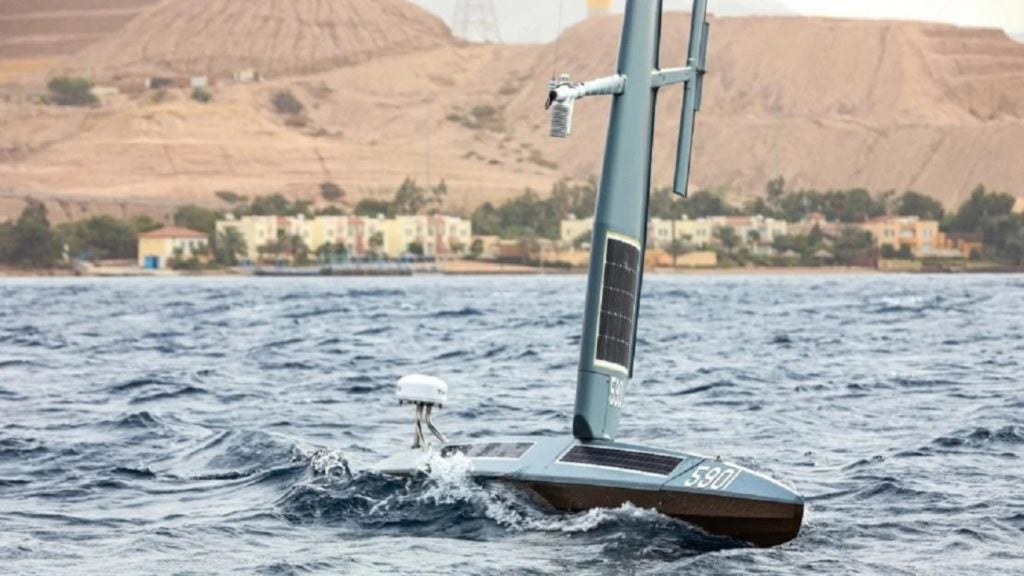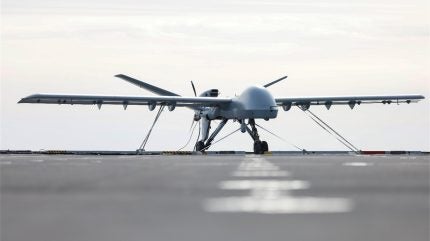
The UK Royal Navy will welcome up to 200 suppliers to an industry engagement conference in Portsmouth to discuss the details of its future Maritime Aviation Transformation programme beyond 2040.
In a government notice to industry issued on 21 June 2024, the service revealed that it plans to make clear “the principles, challenges and aims of the strategy.” The information shared will be classified at the Official level.
Since the force laid out its plans for autonomy in the Maritime Operating Concept nearly two years ago, the Royal Navy has pledged it will begin to ‘think big, and start small’ when it comes to their plans to autonomise their maritime aviation fleet for the future.
To ensure the transition to uncrewed autonomy is achieveable the service will maintain its overarching ambitions – for greater mass and and more uncrewed systems – by achieving shorter-term goals and scaling up at pace through experimentation.
Currently the naval force operate numerous crewed rotorcraft types, including 28 AW159 Wildcat attack helicopters and more than 50 Merlin anti-submarine warfare platforms – the original Mark 1 Merlin units were procured from as early as the late 1990s.

In an effort to expand the future capabilities and mass of its maritime aviation inventory, the Navy will field new uncrewed aerial systems (UAS) such as the the Peregrine S-100 camcopter surveillance system, the Mojave medium-altitude long endurance system as well as the Malloy TRV-150 light logistic Support system for Royal Commando units, among others.
How well do you really know your competitors?
Access the most comprehensive Company Profiles on the market, powered by GlobalData. Save hours of research. Gain competitive edge.

Thank you!
Your download email will arrive shortly
Not ready to buy yet? Download a free sample
We are confident about the unique quality of our Company Profiles. However, we want you to make the most beneficial decision for your business, so we offer a free sample that you can download by submitting the below form
By GlobalDataA fundamental part of the new strategy will see the Navy move away from a platform-centric approach to cultivating a system-of-systems network.
Providing digital infrastructure
A critical concern for achieving the transition to autonomy will be to provide the necessary digital framework to operate this sophisticated network of systems.
This will include digital standards; air vehicle and control or tasking; edge processing; product management and integration.
There has already been some success when QinetiQ, a British defence supplier, became the first in the UK to trial a crewed-uncrewed teaming demonstration two months ago.
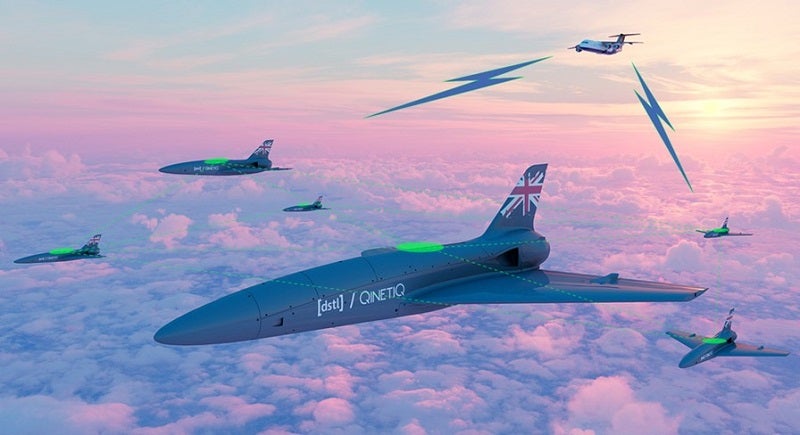
A crewed jet took off from Ministry of Defence (MoD) site Boscombe Down in Salisbury, UK, while a modified Banshee Jet 80 UAS was launched from the MoD Hebrides range, off the north-west coast of Scotland.
Banshee was equipped with QinetiQ’s Airborne Command and Control for Swarm Interoperable Missions technology, which allows the UAS to communicate with the crewed aircraft using the same communications as the standard Nato Link 16 datalink.
Flying at 350 knots, the mission was completed not only by the live Banshee but also by several digital Banshees within a live virtual swarm, successfully acting in a co-ordinated manner.



